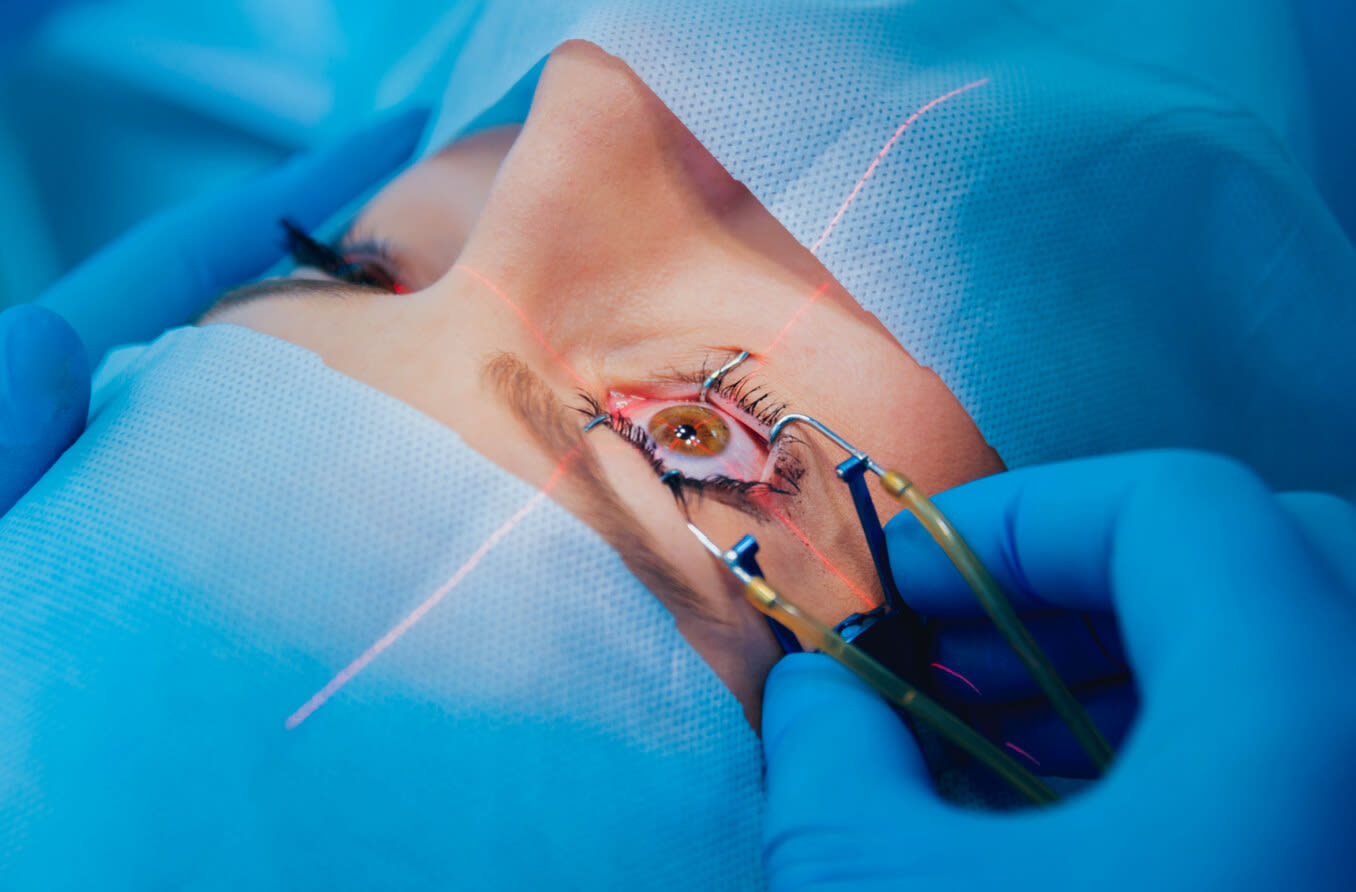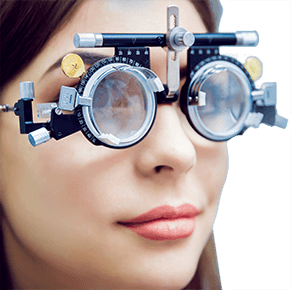Is it possible to reverse myopia?

Currently, there is no way to reverse myopia (nearsightedness). Myopia usually occurs due to progressive structural changes in the eyes. These changes cannot be undone, but the blurry vision they cause can be corrected. And, if detected early enough, it is possible to slow down myopia progression.
Nearsightedness is an error of refraction (the light-bending power of the eye). Myopic eyes bend light rays to a focal point too far in front of the retina, which causes blurry distance vision.
There are two main types of myopia, grouped by the mechanisms causing the refractive error:
Axial myopia – The eye is too long from front to back, so the focal point created by the cornea and lens falls in front of the retina. This is the most common type.
Refractive myopia – The cornea and/or lens are too curved, so they bend light rays at a sharper angle, creating a focal point in front of the retina.
Since eye length and the natural shapes of the cornea/lens can’t be reversed, neither can myopia be reversed.
However, prescription eyeglasses and contact lenses can easily correct blurry distance vision. Of course, they only work while they are worn.
LASIK and other refractive surgeries are also good corrective options. Most of these procedures work by removing corneal tissue from the surface of the eye.
Many people think of refractive surgery as a way to reverse myopia. However, it’s more accurate to think of it as long-term correction. Removing corneal tissue simply reshapes the eye’s surface so it acts as its own corrective lens.
Refractive surgery should never be done until a person’s prescription stabilizes. For some people, myopia can continue to get worse well into adulthood.
Myopia that continues to get worse is called progressive myopia. Progression usually begins in early childhood, and it can move slowly or quickly. There’s no way to reverse myopia progression, but there are ways to help slow it down.
These methods are called myopia control. Most of the approaches focus on reducing axial growth during childhood and adolescence.
Myopia control eyeglasses
Compared with regular single-vision eyeglasses, newer lens designs are showing success in slowing myopia progression in children. These lenses use DIMS and HALT technology to slow down eye growth by creating peripheral defocus on the retina.
Myopia control contact lenses
These special lenses are also designed to slow down axial eye growth. They work similarly to myopia control glasses.
Orthokeratology
Ortho-k corneal reshaping lenses are worn overnight to temporarily correct nearsightedness the next day. There is evidence that orthokeratology can also reduce axial length growth.
Atropine eye drops
Atropine drops paralyze the eye’s focusing muscles. They are very effective in slowing myopia progression, though it's not totally clear why.
Behavior modifications
Healthier vision habits are probably the easiest myopia control strategies that one can use:
Spending at least 90 minutes outdoors per day in the daytime may lower the risk of developing myopia.
Taking regular breaks during prolonged near work may reduce myopia progression.
Progressive myopia can lead to high myopia, so slowing it down is critical to long-term eye health. High myopia increases the risk of serious complications, including:
If it's been more than a year since your last eye exam, schedule one today with an eye doctor near you.
READ NEXT: Can you prevent myopia?
IMI – Defining and classifying myopia: A proposed set of standards for clinical and epidemiologic studies. Investigative Ophthalmology & Visual Science. February 2019.
Update and guidance on management of myopia. European Society of Ophthalmology in cooperation with International Myopia Institute. European Journal of Ophthalmology. May 2021.
Managing adult progressive myopia. Review of Myopia Management. April 2019.
Myopia stabilization and associated factors among participants in the Correction of Myopia Evaluation Trial (COMET). Investigative Ophthalmology & Visual Science. December 2013.
The next generation – DIMS and H.A.L.T. technology spectacle lenses for myopia control. Myopia Profile. April 2021.
Multifocal contact lenses slow myopia progression in children. National Institutes of Health. August 2020.
Retardation of myopia in orthokeratology (ROMIO) study: a 2-year randomized clinical trial. Investigative Ophthalmology & Visual Science. October 2012.
Three-year clinical trial of low-concentration atropine for myopia progression study: continued versus washout. Phase 3 report. Ophthalmology. October 2021.
Biological mechanisms of atropine control of myopia. Eye & Contact Lens: Science & Clinical Practice. May 2020.
The complications of myopia: a review and meta-analysis. Investigative Ophthalmology & Visual Science. April 2020.
Page published on Tuesday, December 31, 2019
Page updated on Tuesday, April 4, 2023
Medically reviewed on Tuesday, July 19, 2022







